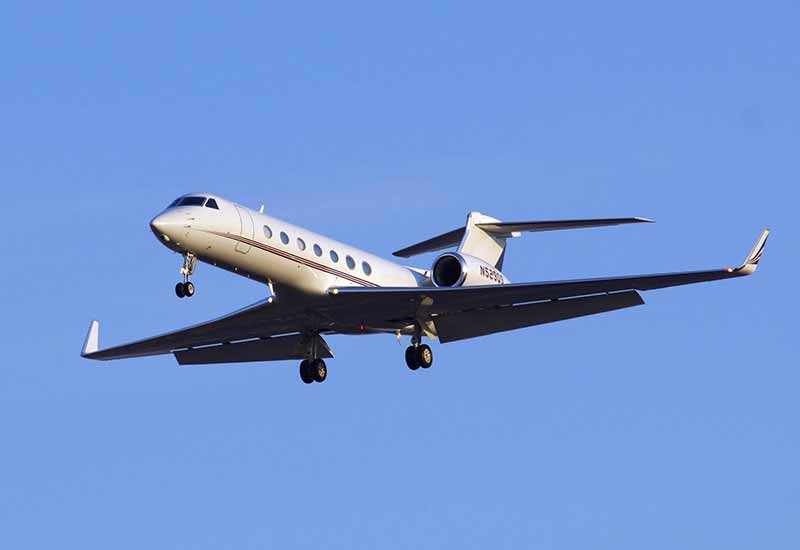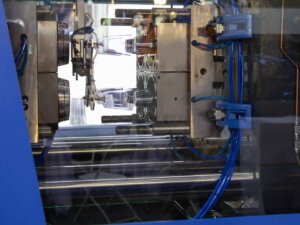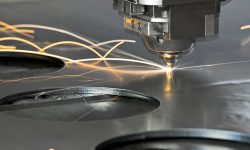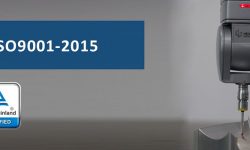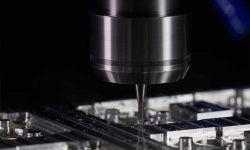Rapid prototyping refers to a set of processes that can easily fabricate a three-dimensional object into a prototype, directly from a CAD file through additive deposition of single cross-sectional layers of the part. It was introduced in late 1980’s.RP can be defined as a group of processes used to fabricate easily to a physical working model of a part. Today it is very crucial in guiding a product from concept to market easily at a low cost. Rapid prototyping has been applied in the aeronautical industry and has had a profound implication.
The need for aerospace rapid prototyping
Nowadays, the aerospace sector faces budget constraints and are driven entirely by cost. The buy to fly ratio is usually low at around 10 to 20% worldwide. This refers to the weight ratio among the raw materials utilized for a component and weight of the component itself. The increase in aerospace sector is likely to increase drastically in the next two decades. This will expand the lucrative market for additive manufacturing technology application from defense applications into commercial aircraft. Demand for more innovative designs coupled with increasing budgetary constraints has led them to look into alternative design and manufacturing technologies. Many aeronautical companies are currently working on the various prototyping processes.
The benefits of using prototyping
- Low-quality economy
- Design freedom
iii. Material efficiency
- Predictable production
- Reduced assembly
Features of aerospace prototyping
-Low production volumes-aeronautical development has been costly due to the inefficient amortization of tooling costs over the production volume. Such expenses in rapid prototyping can be minimized.
-constant design iterations-High iterations number in design it means that rapid prototyping can save time and cost.
-Geometric design complexity-Aeronautical industry produces complex part geometry.it is a challenging task for the designer to join parts together in the manufacturing by traditional means more than when utilizing rapid manufacturing.
-Testing of new materials-Rapid manufacturing is capable of processing more exotic materials easily. It also allows for prototyping and a small amount of trials of new materials without investing in tooling.
In conclusion, the RP technology has contributed to almost all the engineering areas that include mechanical, electrics and electronics, material, aerospace and mostly biomedical engineering. The Aerospace sector has taken up all the processes and functions; from the design concept to near end of life repairs. Rapid prototyping is utilized to shorten the product growth cycle cost efficiently and is an ideal method in the aerospace industry.
